Corporate News
Company News
- Honeycomb aluminum plate: the secret of being as light as a feather and as solid as a rock
- Aluminum ceiling decoration makes it easy to create fashionable home spaces!
- Aluminum veneer customization, creating a new choice for personalized space
- Aluminum veneer customization, creating a new proposition for personalized space!
- Aluminum veneer: the "green guardian" of modern architecture
Industry dynamics
- Strength and seismic performance of aluminum veneer
- Aluminum veneer new trend, new chapter in architectural aesthetics
- Aluminum veneer customization, creating a new trend of personalized space
- Aluminum Curtain Wall: The Bright Coat of Modern Architecture
- Honeycomb aluminum panel: the lightweight choice, the "wizard" of the construction industry!
Frequently asked questions
- What are the characteristics of aluminum veneer?
- What will be the future development trend of aluminum veneer?
- How to increase the market demand for aluminum veneer?
- What environmental issues should be paid attention to in the production process of aluminum veneer?
- How long is the service life of aluminum veneer?
contact us
Mobile:+86 15627778610
Email: 2201229786
Address: No. 5 Binjiang Road, High tech Zone, Zhaoqing City, Guangdong Province
Physical and mechanical performance testing of aluminum veneer
- Author: Xinlongtai Aluminum Industry (Guangdong) Co., Ltd
- Release time: 2022-03-08 07:57:17
- Click:0

1、 Hardness testing
1. Diamond indenter hardness testing method: By applying a certain pressure on the surface of aluminum veneer using a diamond indenter, the depth of surface scratches is measured to evaluate the hardness of aluminum veneer.
2. Babbitt hardness testing method: Using a Babbitt hardness tester, a needle tip imprint test is performed on a standard sample to determine the hardness level of aluminum veneer by measuring the imprint diameter.
3. Analysis of Hardness Test Results: Based on the hardness test data, we can evaluate the hardness level of aluminum veneer and further understand its scratch resistance and wear resistance.
2、 Tensile strength test
1. Tensile testing method: A universal testing machine is used to conduct tensile testing on aluminum veneer. By continuously applying force, the sample undergoes tensile deformation, and the stress and strain during the tensile process are recorded.
2. Elastic modulus testing method: Draw a stress-strain curve based on tensile test data to determine the elastic modulus of the material and evaluate the tensile strength of aluminum veneer.
3. Analysis of tensile strength test results: Based on the tensile strength test data, we can understand the performance and bearing capacity of aluminum veneer under stress, providing important references for engineering use.
3、 Impact toughness test
1. Impact test method: The impact toughness test is conducted using an impact testing machine, and the fracture morphology and energy absorption of the standard specimen are recorded by subjecting it to an impact load.
2. Notch impact test method: After engraving a V-shaped notch on the specimen, an impact test is conducted to evaluate the impact resistance of aluminum veneer in the presence of defects.
3. Analysis of Impact Resilience Test Results: Through the observation of impact test data and fracture morphology, we can understand the impact resistance and fracture behavior of aluminum veneer under impact.
4、 Corrosion resistance test
1. Salt spray test method: Expose aluminum veneer samples to a salt spray environment and evaluate their corrosion resistance by observing and measuring the degree of corrosion on the sample surface.
2. Chemical corrosion resistance test method: Expose aluminum veneer samples to different corrosive media, such as acid, alkali, etc., and evaluate their chemical corrosion resistance by observing and measuring the quality loss of the samples.
3. Analysis of Corrosion Resistance Test Results: Through the analysis of corrosion test data, we can determine the corrosion resistance of aluminum veneer in different environments, providing a basis for material selection and engineering applications.
5、 Summary:
In summary, through detailed explanations of hardness testing, tensile strength testing, impact toughness testing, and corrosion resistance testing, we have gained a deeper understanding of the physical and mechanical properties of aluminum veneer. Aluminum veneer exhibits excellent performance in all aspects, with high hardness, tensile strength, impact toughness, and corrosion resistance. These test results provide strong support for the application of aluminum veneer and important references for material selection and engineering design.
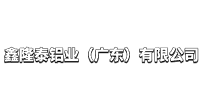
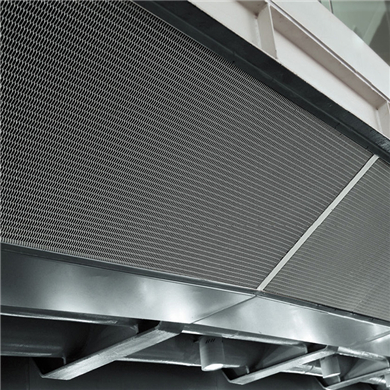
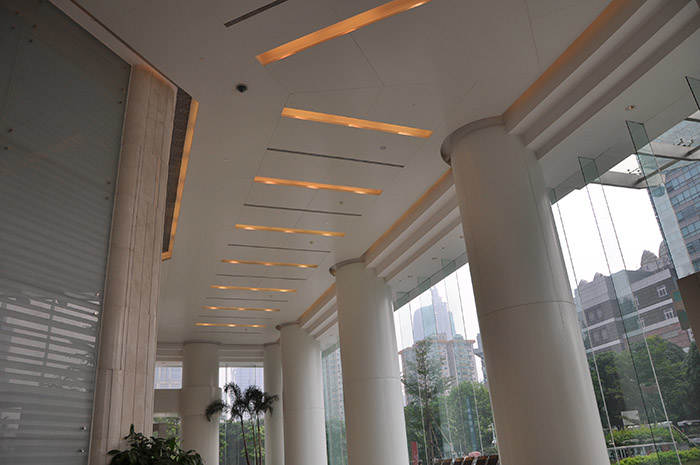

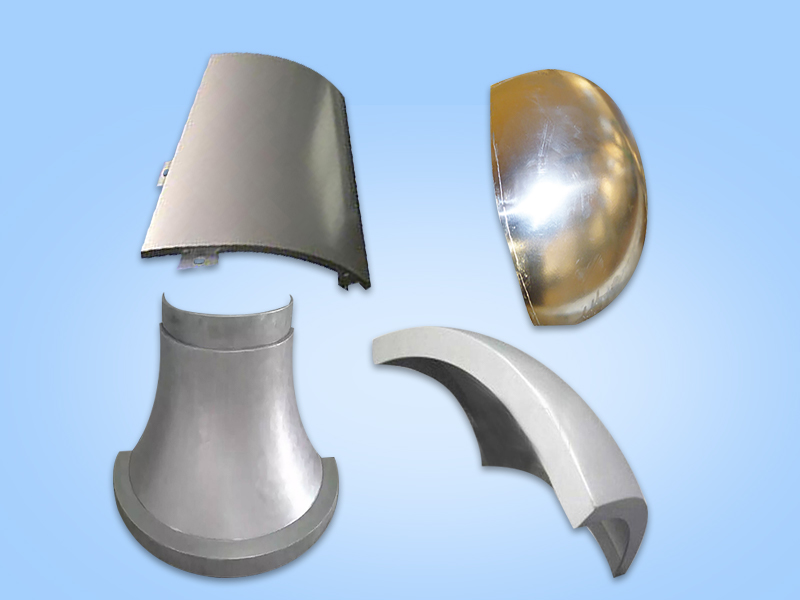

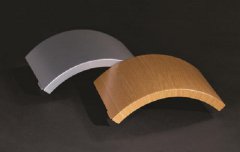
 Customer service QQ
Customer service QQ